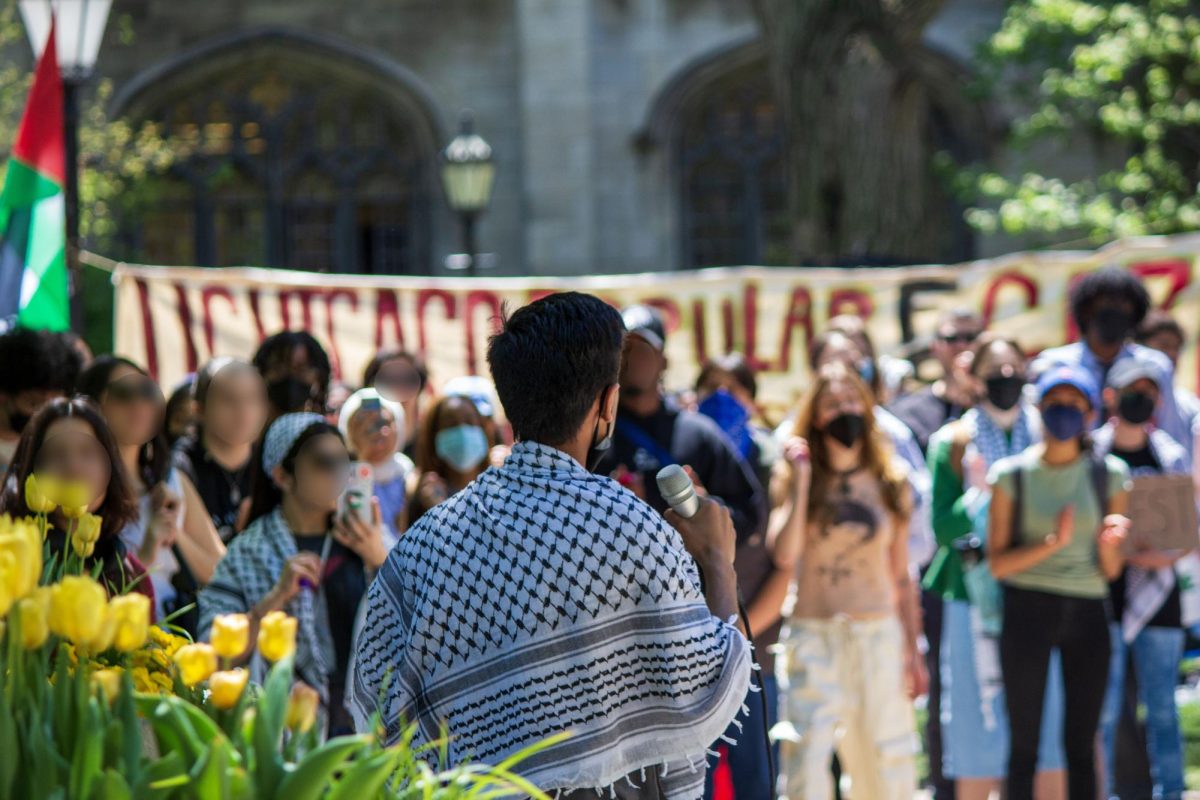The arts community here at the University of Chicago exists.
This seemingly innocuous statement raises several questions. One can’t help but ask: How does it exist, to what extent does it exist, and do students care that it exists? During Orientation, I was exposed to all that the University had to offer in terms of the arts, and I was left, well, hungry. Before I paint a picture of the dire condition of the arts here, I want to say that there are many successful organizations and RSOs, including Doc Films, Sliced Bread, University Ballet, University Theater, Fire Escape Films, and Off-Off. There’s a niche for you if you look for it—but then why does the community still feel so small? I love this school because I love the social and intellectual culture, but there’s an enduring disconnect between the University of Chicago bubble and the city itself, which is throbbing with vital, creative energy.
Being in the city and being on campus are two very distinct sensations. This, I believe, is a problem. There’s something about the city, which many of my peers can attest to, that imbues one with the sense of infinite capability. On campus? It can be cold, and our collective voice, our unimpeded daring, is often muted. If there’s one glaring hole in the arts community here, it’s that the University is so disconnected from the city that bears its name. The University should be an opportunity not only to explore Chicago, but also to use the numerous resources available to expand our knowledge and make connections in the world. The reality is, of course, that it is a fair trek from campus to downtown, and there’s always so much work to do that every move feels like a calculated risk. The University, then, needs to play a greater role in giving the arts some breathing room by encouraging students to take that risk, even if it means falling behind on reading Wealth of Nations, especially for first-years that have yet to test the waters in a big city.
The most immediate way to do so would be to bring more of Chicago arts to campus, and vice-versa. I, for one, would love to be able to see and hear from professional artists of all kinds from the city here on campus, or participate in large-scale art projects that connect the two communities. Physically transplanting the arts from point A to point B would encourage the movement of students as well. There also seems to be a clear lack of venues for displaying student artwork and connecting young artists to one another, and there should be a movement towards encouraging this kind of interaction. After all, a complete education includes a cultural immersion, an opening of creative doors to places not seen before. How can a student gain a truly well-traveled mind without experiencing the arts?
Of course, it ultimately comes down to us, the students. Not just those who are leaders on campus and founders of clubs, but those with smaller, but no less important, voices: the talented painters, writers, and performers who would rather keep their work to themselves than risk looking for a community that fails to satisfy their hunger. Remember that the arts at the University of Chicago exist, and they can even grow if more people embrace the greater community. Take the risk and go to the city on a week night.
The University’s Arts Pass is a gift, but rarely opened: free access to the Art Institute, the MCA, Court Theater, the National Museum of Mexican Art, and reduced-price access at numerous other theaters and cultural centers. In this particular respect, the University has a done a great job in giving students, eternally hard-pressed for cash, incentive to go, guilt-free. But students shouldn’t just make the Arts Pass a one-time “try it out” sort of privilege. For one thing, there’s more to be mined from the Art Institute after each successive visit. After my tenth, I can still stand in awe of new works of art that I simply never noticed before.
It’s not enough, though, just to go and observe—find your people and bring a piece of that community back to campus. Adam Smith can wait.
Emily Wang is a first-year in the College.







